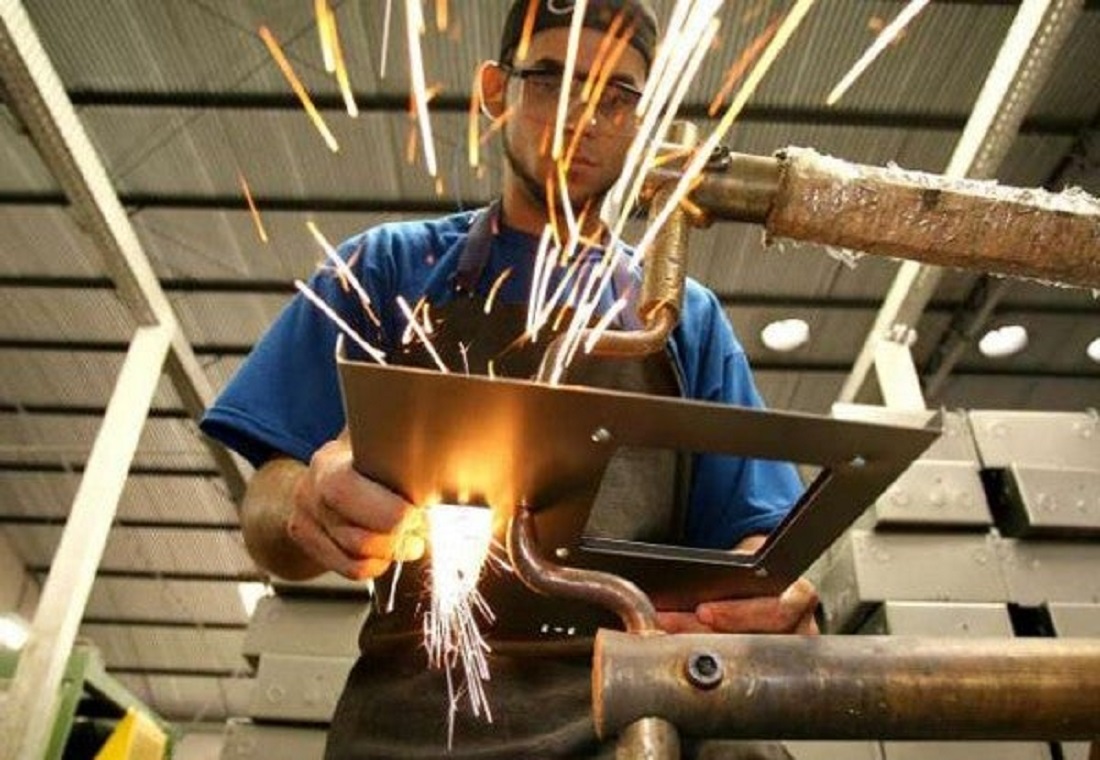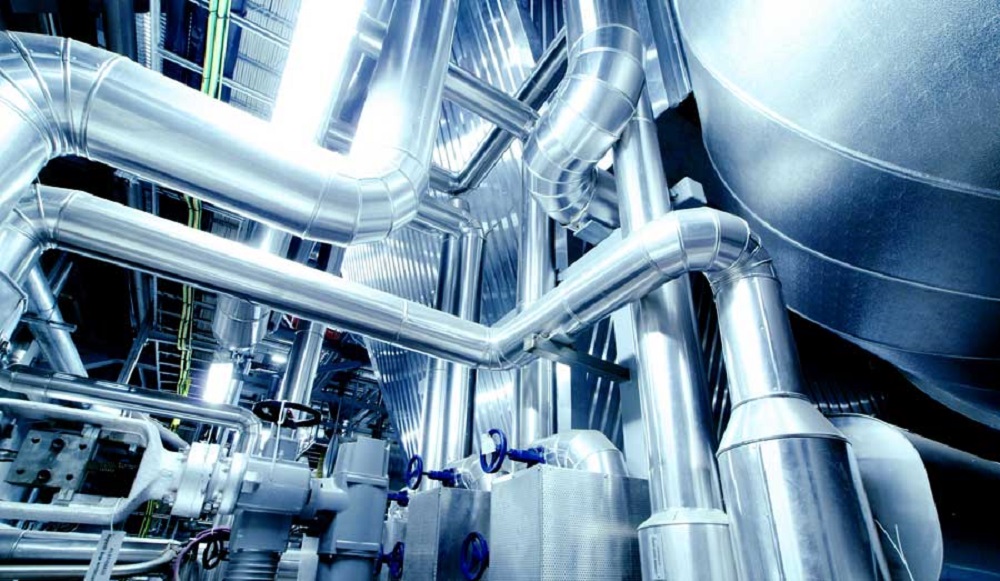RIO DE JANEIRO, BRAZIL – While industrial production in the rest of the world has grown by ten percent since 2014, Brazilian manufacturing activity has declined by 15 percent over the same period – and has not recovered to its pre-recession level.
If nothing is done, according to economists, Brazil runs a serious risk of losing its place among the top ten industrial countries in the world.

In addition to the recession’s adverse effects on confidence and employment from 2015 to 2016 in Brazil, the many shocks that industrial activity has suffered in the country and the structural problems that the sector faces explain the disparity in its domestic performance compared to neighboring countries, say experts.
And the worst: these factors should lead industry, which accounts for about 11 percent of Brazil’s Gross Domestic Product (GDP), to a new downturn this year, after registering growth in 2017 and 2018, also influenced by the global slowdown. The peak of industrial share in the country’s GDP was in 1976, with 22.3 percent (at constant 2010 prices).
According to economist Laura Karpuska, from BlueLine Asset – who organized the data on industrial production in the world in emerging countries, excluding China – plant activity has grown by eight percent since 2014, while in Latin America there was a four percent drop in performance. And the prominent negative among the largest countries in the region was Brazil.
Among the reasons that help explain Brazil’s poorer performance in relation to its neighbors, Laura first cites the different shocks that have had an impact on the country’s economy. The drop in exports to Argentina, which affects manufactured goods, may have taken up to 0.7 percentage points of GDP in 2017 and 2018.
Also weighing on the disastrous results were the rupture of the dam in Brumadinho (MG) and the truckers’ strike in May last year.
“With the exception of Argentina and Venezuela’s very serious problems, Brazil’s industrial crisis was one of the most profound in Latin America, and the rebound has been very frustrating too,” said economist Rafael Cagnin, of the Institute of Industrial Development Studies (IEDI).
The organization alerts that Brazil, which ranks ninth among the largest industrial countries, may soon fail to make an appearance in this ranking’s top ten.
The industry’s poor performance, in Cagnin’s assessment, reflects both weak demand and structural competitiveness and productivity issues, such as the complex tax structure, low investment, and obsolete production facilities. The economist stresses that the risk of activity closing 2019 with a drop in production is increasing.
Depression
“If Brazil’s industry is not depressed, I don’t know what it could be anymore,” says economist and former Central Bank president Affonso Celso Pastore. “Domestic industry and that of the rest of the world followed the same trajectory until 2012.”
“In 2013, Brazil’s industry began to falter and has never recovered, while world production continues to grow and, today, is 40 percentage points ahead.”
He believes that a number of mistakes have been made in recent years, which have created a kind of trap for the sector, such as the redesign of the naval industry, which has not been sustained.
“In addition, several entrepreneurs have sought protection from creditors, or resources from the National Bank for Economic and Social Development (BNDES) and have forgotten to invest to increase the companies’ competitiveness.”
David Kupfer, a professor at the Federal University of Rio de Janeiro (UFRJ) and an expert in industrial economics, says there is no short-term solution to reverse the current situation, which he classifies as “industrial anemia”.

“There is a structural issue, of lack of competitiveness, and a cyclical lack of dynamism in the economy, which prevents the industry from growing.”
He adds that it would be possible to try strategies, involving companies and economic policy, so that the industry would regain greater dynamism in a medium to long term perspective, with results taking at least five years to emerge.
“We can think of a reformulation of the current economic policy, which would open some space for investments”.
According to Kupfer, policies employed by previous governments, such as the promotion of the so-called “national champions” and the payroll tax relief for different productive sectors, have not helped to strengthen the industry, but rather to try to improve the macroeconomic environment.
“Even so, these instruments should not be demonized, they just weren’t properly used at the time.”

